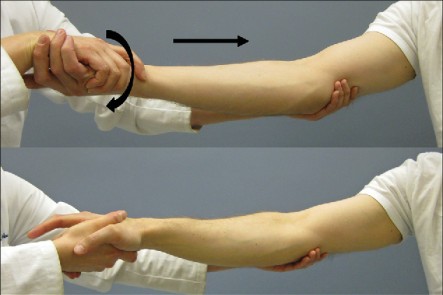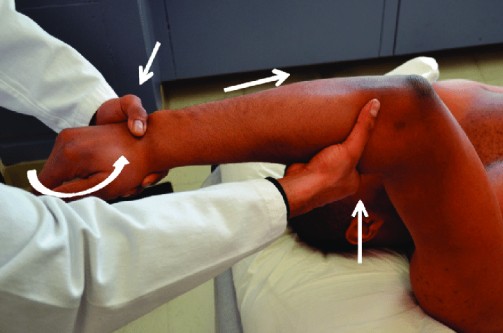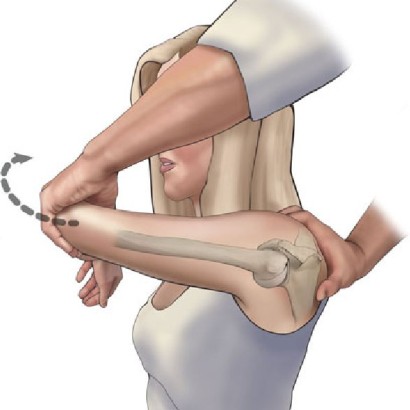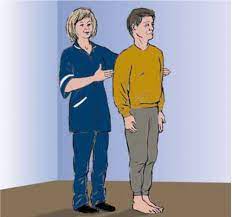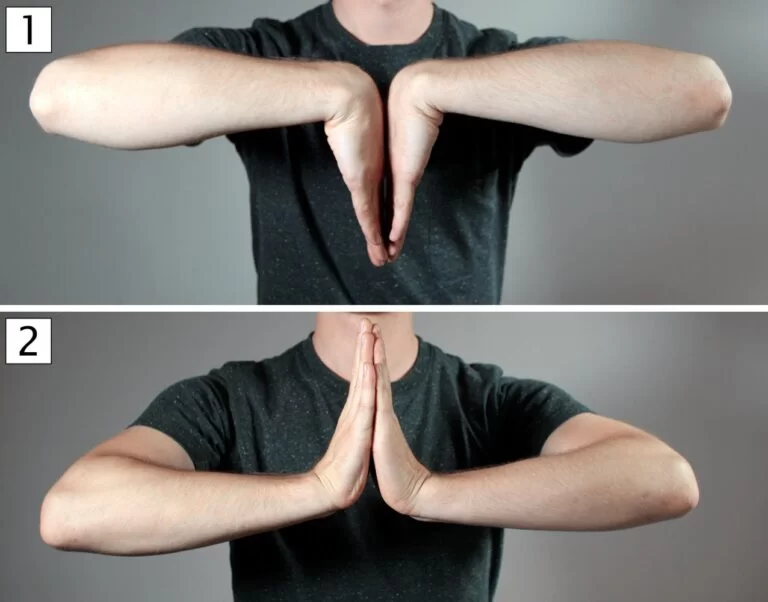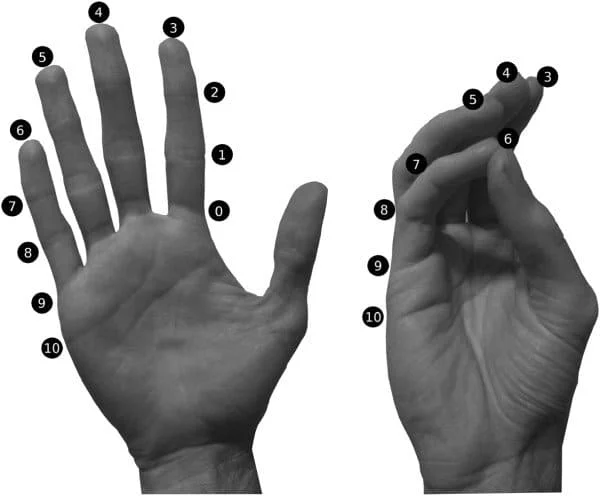Special test for the joint dysfunction of the elbow joint:
- The elbow joint is a type of synovial hinge joint, like the ankle & knee joints.
- The elbow joint is made from the three articulations :
- Ulnohumeral joint
- Proximal radioulnar joint
- Radiohumeral joint
- Stability of the elbow joint is provided mainly from the trochlea of the humerus & the bony joints of the ulnar olecranon.
- These tests are applied to the clinic to check any joint dysfunction of the elbow joint.
- These tests are orthopedic or clinical tests that are applied by the doctor/therapist when the patient is complaining about elbow joint pain.
- These tests are applied after completing the normal assessment of the elbow joint & checking the x-ray of the elbow joint.
- After that applied these tests in the examination part of the assessment.
- if the patient complains of pain in the elbow joint, mostly on elbow movement, the examiner can perform two tests to differentiate between the radiohumeral joint & ulnohumeral joint.
Test for the radiohumeral joint :
- Purpose = These tests are used to check the dysfunction of the radiohumeral joint.
- Technique = Patient is in sitting position for the test.
- Examiner positions the elbow joint at the position of pain at the elbow joint.
- Then examiner [ therapist ] radially deviates the wrist to compress the radial head against the humerus.
- Result = The production of pain would be considered a positive test.
Test for the ulnohumeral joint:
- Purpose = These tests are used to check the dysfunction of the ulnohumeral joint.
- Technique = Patient is in sitting position for the test.
- The examiner again positions the elbow joint at the position of discomfort & cause compression of the ulnohumeral joint by ulnar deviation at the wrist.
- Result = Again if the patient feels pain indicates a positive test.
Active radiocapitellar compression test:
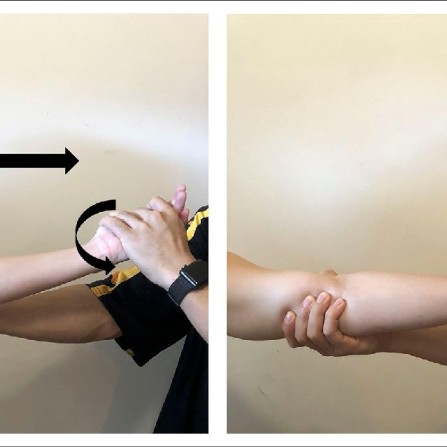
- Purpose = These tests are used to check the osteochondritis dissecans of the capitellum.
- Technique = Patient is in standing position for the test.
- The examiner applies an axial [ compression ] load to the elbow in full extension.
- Then examiner instructs the patient for doing the actively supinate & pronate the forearm while the compression is maintained.
- Result = pain in the lateral compartment of the elbow is a positive test & it indicates an osteochondritis dissecans of the capitellum.

